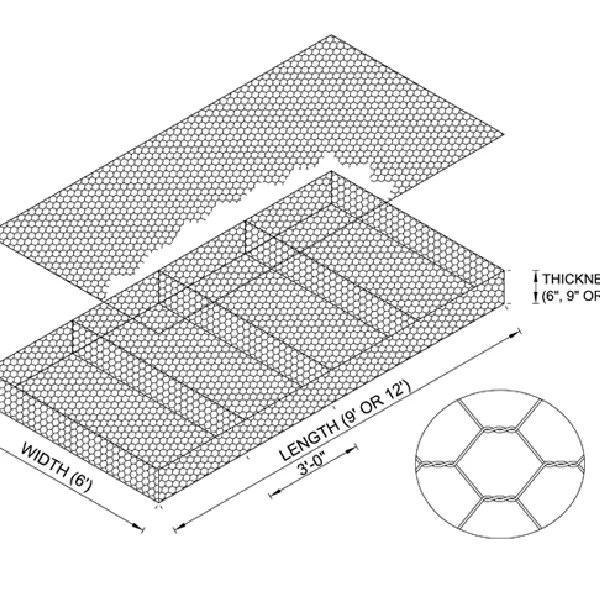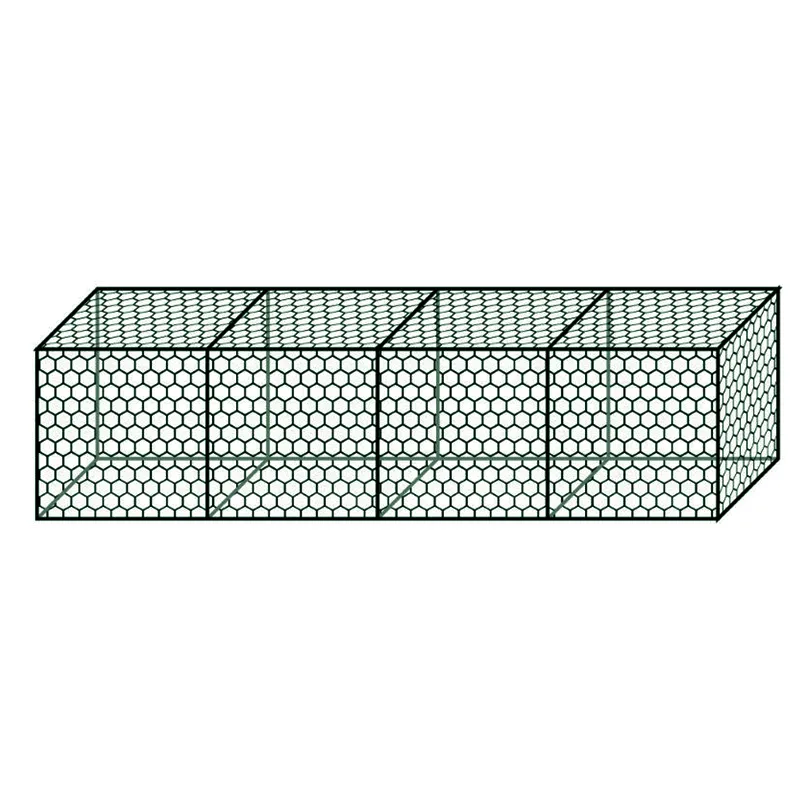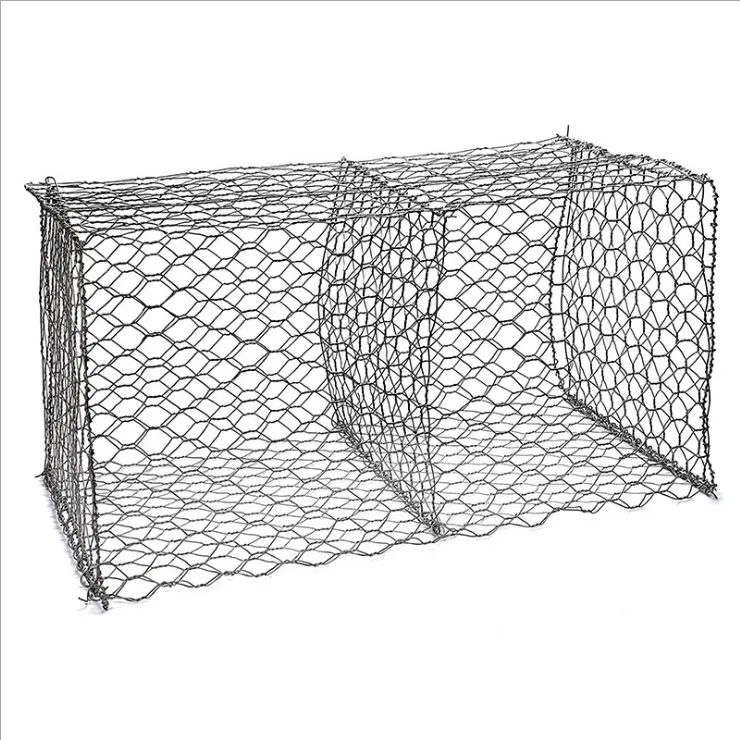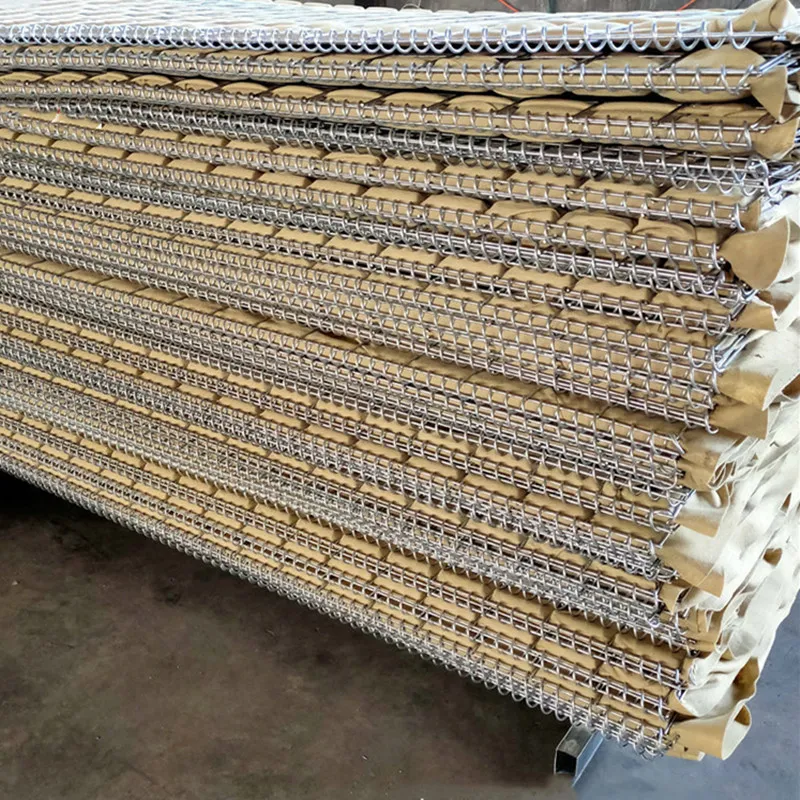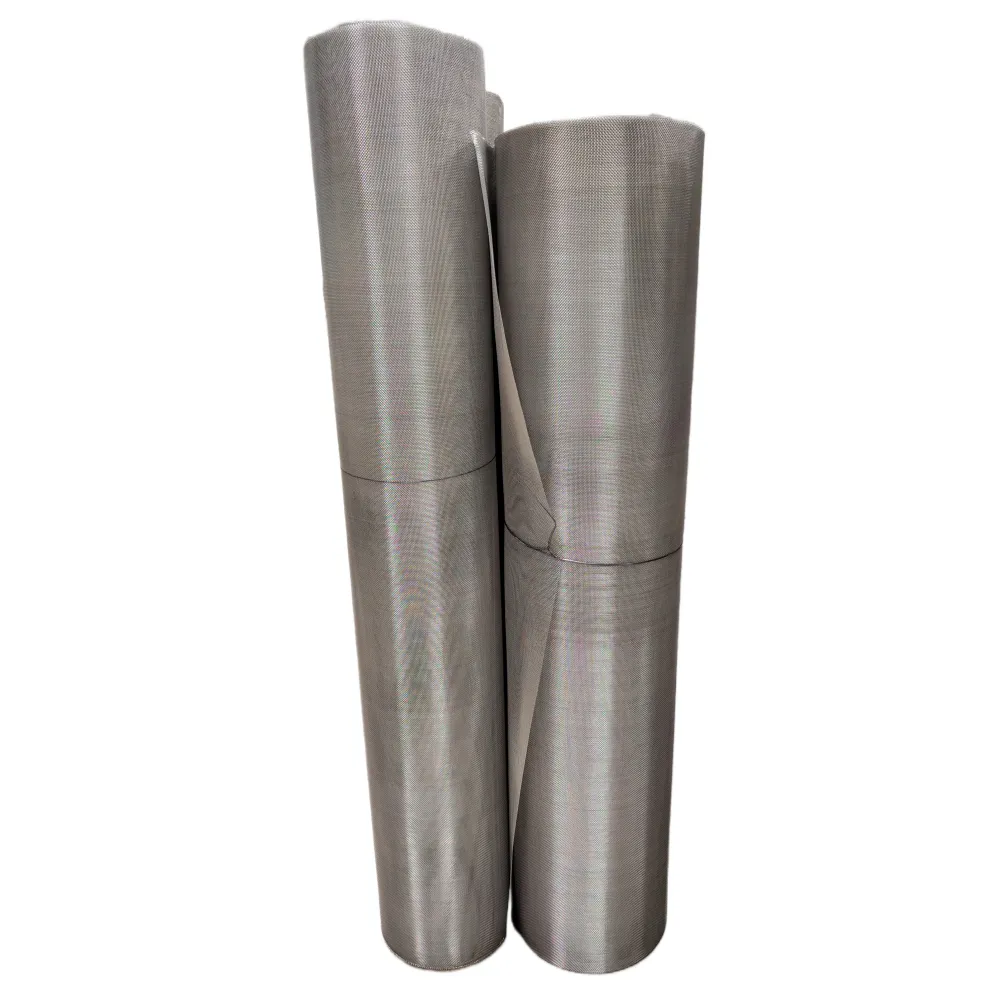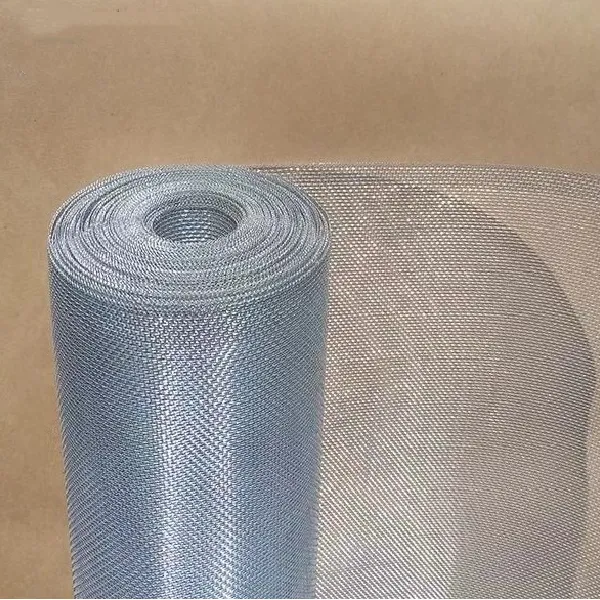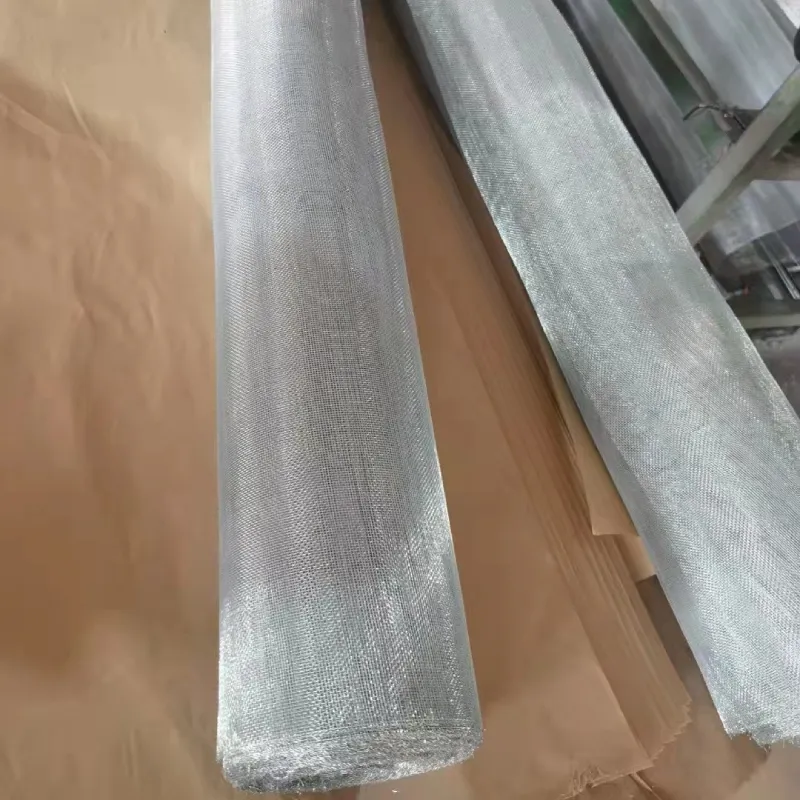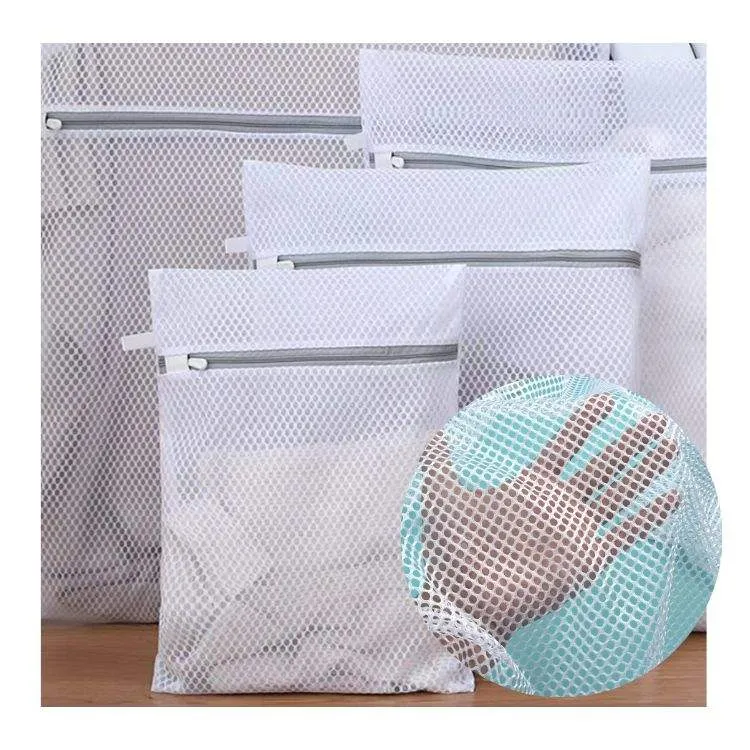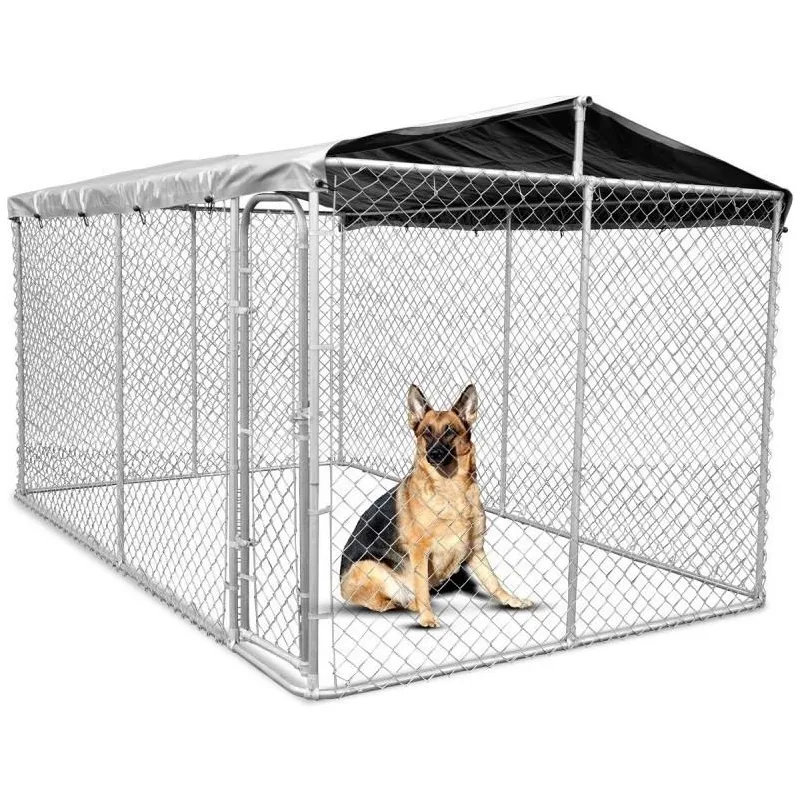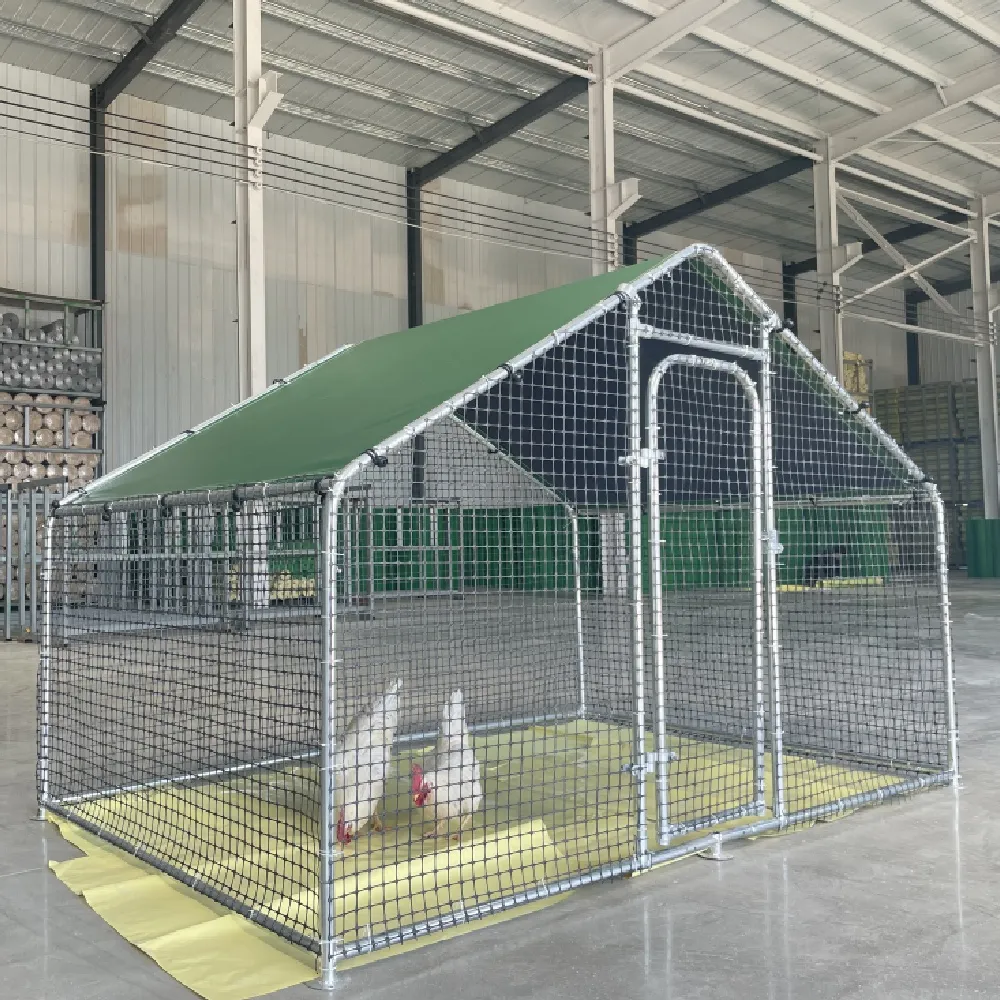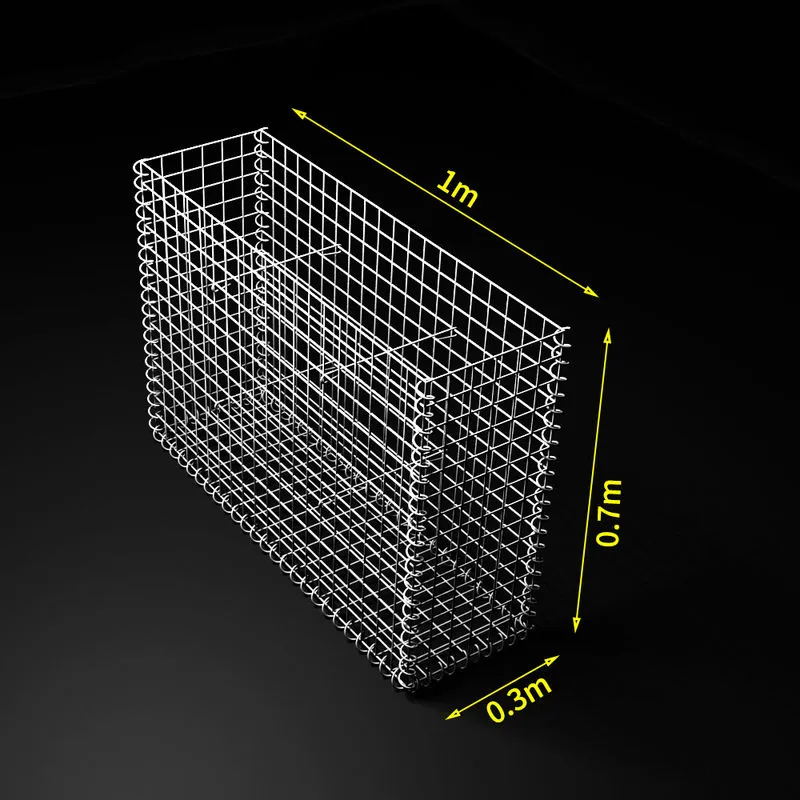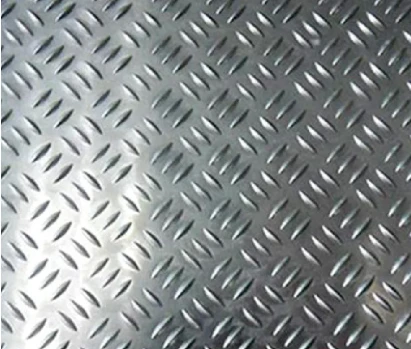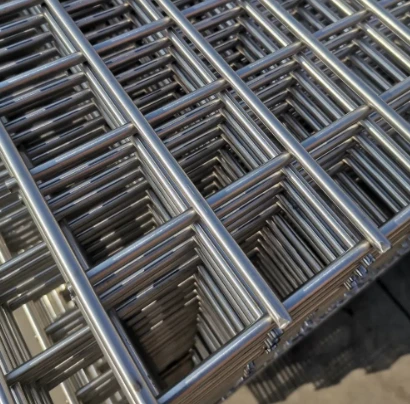Introduction to Advanced Containment Solutions
In hazardous industrial environments, ensuring the safety of personnel, critical infrastructure, and operational continuity is paramount. The increasing complexity of processes involving volatile materials necessitates robust safety engineering solutions. Among these, the Explosion proof wall stands as a critical barrier, designed to mitigate the devastating effects of accidental explosions. These specialized walls are engineered to withstand extreme pressures and thermal loads, protecting adjacent areas from blast waves, projectiles, and fire propagation. Their deployment is not merely a compliance measure but a strategic investment in industrial resilience and human safety, offering unparalleled protection in the face of unforeseen catastrophic events.
This comprehensive overview delves into the technical intricacies, manufacturing excellence, diverse applications, and strategic advantages of these essential safety components, providing B2B decision-makers and engineers with the insights needed to make informed choices for their high-risk operations.
Current Industry Trends and Market Demands
The market for advanced industrial safety solutions, particularly those related to blast protection, is experiencing significant growth driven by stringent regulatory frameworks, heightened safety awareness, and the expansion of high-hazard industries globally. Key trends influencing the development and adoption of Explosion proof wall systems include:
- Increased Regulatory Scrutiny: International standards such as ATEX (Europe), IECEx (global), and NFPA (North America) are continuously evolving, demanding higher levels of protection and verifiable performance from safety equipment.
- Modular and Prefabricated Solutions: A shift towards modular, factory-assembled explosion-proof buildings and walls is gaining traction. These solutions offer faster deployment, consistent quality, and reduced on-site construction risks.
- Advanced Materials Science: Research into high-performance composite materials, ultra-high-strength concretes, and specialized alloys allows for lighter yet more resilient wall designs, improving installation logistics and cost-effectiveness without compromising safety.
- Integration with Smart Systems: Future-proof designs incorporate features for integration with facility management systems, offering real-time structural health monitoring and improved incident response capabilities.
- Sustainability Focus: Manufacturers are increasingly focusing on materials with lower environmental impact and designs that allow for easier decommissioning or repurposing.
According to a report by Verified Market Research, the Global Explosion Proof Equipment Market size was valued at USD 8.01 Billion in 2020 and is projected to reach USD 13.91 Billion by 2028, growing at a CAGR of 7.15% from 2021 to 2028. This growth underscores the critical need for reliable explosion protection measures, with Explosion proof wall solutions forming a core component of this market expansion.
Manufacturing Process Flow of Explosion Proof Walls
The production of an Explosion proof wall is a meticulous, multi-stage process that adheres to the highest engineering and safety standards. Each step is critical to ensure the finished product meets its stringent performance requirements.
Process Overview:
- Design and Engineering: Based on client specifications and blast load analysis (e.g., K-factor calculations, pressure-impulse diagrams), detailed structural designs are developed using CAD/CAE software. Material selection, joint design, and anchoring systems are finalized. Compliance with standards like API RP 752/753 and ASCE Design of Blast-Resistant Buildings in Petrochemical Facilities is ensured.
- Material Sourcing and Preparation: High-strength, specialized materials are procured. Common materials include:
- Steel: ASTM A36, A572 Grade 50, or A514 for structural components and plating, known for high yield strength and ductility.
- Reinforced Concrete: Often ultra-high-performance concrete (UHPC) with steel fibers for superior blast resistance and fire rating.
- Composites: Multi-layered panels incorporating ballistic fabrics, ceramics, or specialized polymers for lightweight, high-performance applications.
Materials undergo rigorous quality inspection upon arrival, including chemical composition and mechanical property testing.
- Fabrication:
- Cutting and Forming: Precision laser cutting, plasma cutting, or CNC machining is used for steel plates and structural members. Hydraulic presses and bending machines form complex geometries.
- Welding: Critical structural welding is performed by certified welders (e.g., AWS D1.1, ASME Section IX) using advanced techniques like submerged arc welding (SAW) or gas metal arc welding (GMAW). All welds undergo Non-Destructive Testing (NDT) such as ultrasonic testing (UT), magnetic particle inspection (MPI), or radiographic testing (RT) to ensure integrity.
- Assembly: Individual components are assembled into wall sections or modules, ensuring precise alignment and fit-up.
- Surface Treatment: After fabrication, surfaces are prepared (e.g., grit blasting to SSPC-SP10) and coated for corrosion resistance. Options include hot-dip galvanizing (ISO 1461), zinc-rich primers, epoxy coatings, or powder coating, tailored to the operational environment (e.g., C5-M for marine/offshore).
- Quality Assurance and Testing:
- Dimensional Inspection: Comprehensive checks ensure all dimensions match design specifications.
- Material Verification: Final material checks to confirm properties.
- Weld Inspection: Final NDT and visual inspections.
- Performance Testing: While full-scale blast testing is often impractical, small-scale mock-ups or material coupon tests may be conducted. Computational Fluid Dynamics (CFD) and Finite Element Analysis (FEA) simulations validate blast resistance. Products often meet or exceed standards like ISO 9001 (Quality Management System) and often carry certifications like ATEX or IECEx for components.
- Logistics and Installation: Finished wall sections are carefully packaged and transported to the site. Installation involves precise alignment and secure anchoring to the foundation, often requiring specialized lifting equipment and certified installers.
The service life of a well-engineered and properly maintained Explosion proof wall can extend beyond 30-50 years, often matching the lifespan of the facility it protects, provided it's regularly inspected for corrosion or structural damage.
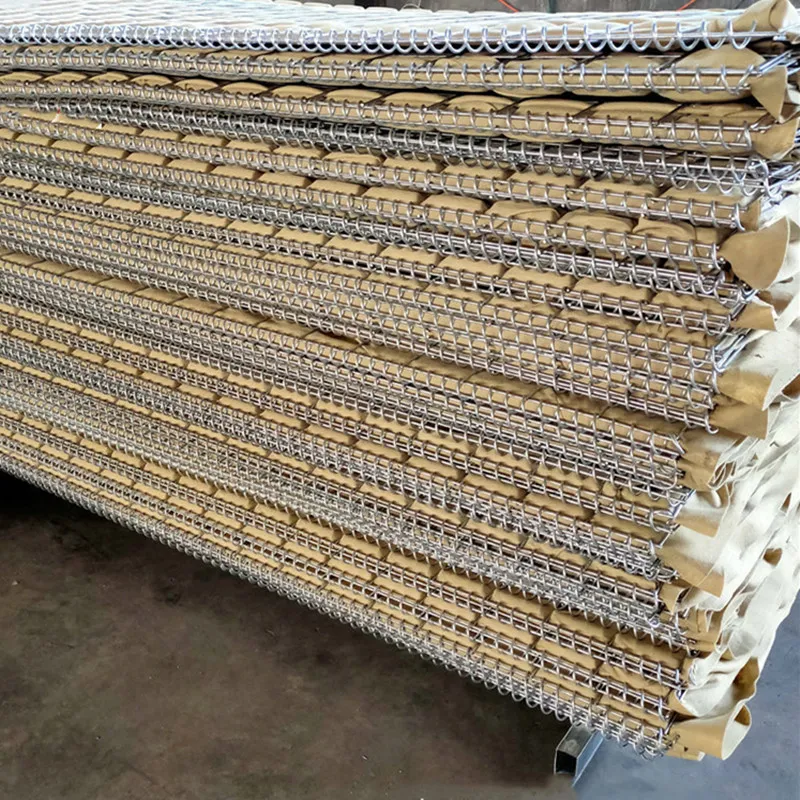
Technical Specifications and Performance Parameters
Understanding the technical specifications of an Explosion proof wall is crucial for proper selection and deployment. These parameters define the wall's ability to resist specific threats and perform reliably in hazardous environments.
Key Performance Indicators:
- Blast Pressure Rating: Measured in psi (pounds per square inch) or kPa (kilopascals), indicating the maximum sustained or peak overpressure the wall can withstand without catastrophic failure. Typical ratings range from 1 psi to over 20 psi for high-hazard zones.
- Impulse Resistance: The product of blast pressure and duration, measured in psi-ms or kPa-ms. This quantifies the energy absorption capacity of the wall, crucial for resisting short-duration, high-intensity blasts.
- Fire Rating: Expressed in hours (e.g., 2-hour, 4-hour fire rating) as per ASTM E119 or EN 1364 standards, defining the wall's ability to maintain structural integrity and prevent fire propagation.
- Material Composition: Specifies the grades of steel, concrete, or composite materials used, impacting strength, weight, and corrosion resistance.
- Corrosion Resistance: Coatings and material choices designed to resist chemical exposure, humidity, and marine environments (e.g., ISO 12944 categories).
- Seismic Resistance: Designed to withstand seismic events, ensuring the wall remains intact and functional post-earthquake, often conforming to ASCE 7 or local building codes.
Typical Product Specification Table:
| Parameter |
Specification (Example) |
Standard/Certification |
| Blast Pressure Rating |
10 psi (68.95 kPa) peak reflected overpressure |
API RP 752/753, ASCE Design of Blast-Resistant Buildings |
| Fire Rating |
4-hour fire rating |
ASTM E119, UL 263 |
| Material (Structural Steel) |
ASTM A572 Grade 50 |
ASTM International |
| Corrosion Protection |
C5-M (Industrial & Marine) with Epoxy/Polyurethane System |
ISO 12944 |
| Seismic Design Category |
Category D (High Seismic Risk) |
ASCE 7-16 |
| Typical Thickness |
200mm - 400mm (depends on design) |
Engineering Design |
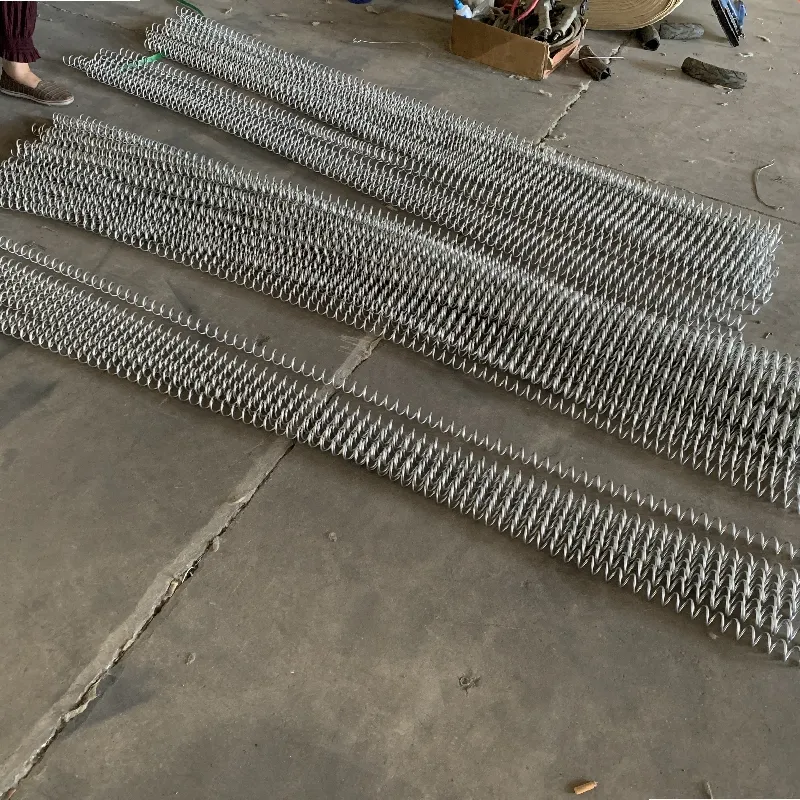
Application Scenarios and Target Industries
The deployment of an Explosion proof wall is essential across a multitude of industries characterized by the presence of flammable gases, vapors, mists, or combustible dusts. These walls provide a critical safety layer, preventing chain reactions and protecting vital assets.
Target Industries:
- Petrochemical and Oil & Gas: Refineries, offshore platforms, chemical processing plants, LNG terminals, and storage facilities where hydrocarbon release is a constant threat.
- Chemical Manufacturing: Production facilities handling reactive chemicals, solvents, and other volatile compounds.
- Pharmaceuticals: Manufacturing sites where flammable solvents are used in synthesis or purification processes.
- Power Generation: Facilities involving coal dust, natural gas, or hydrogen, particularly around turbine halls, boiler rooms, or fuel handling areas.
- Mining: Underground and surface mining operations exposed to methane or combustible dust.
- Defense and Aerospace: Explosives manufacturing, munitions storage, and testing facilities.
- Food Processing: Facilities handling combustible dusts from grains, sugar, or flour.
Typical Application Scenarios




